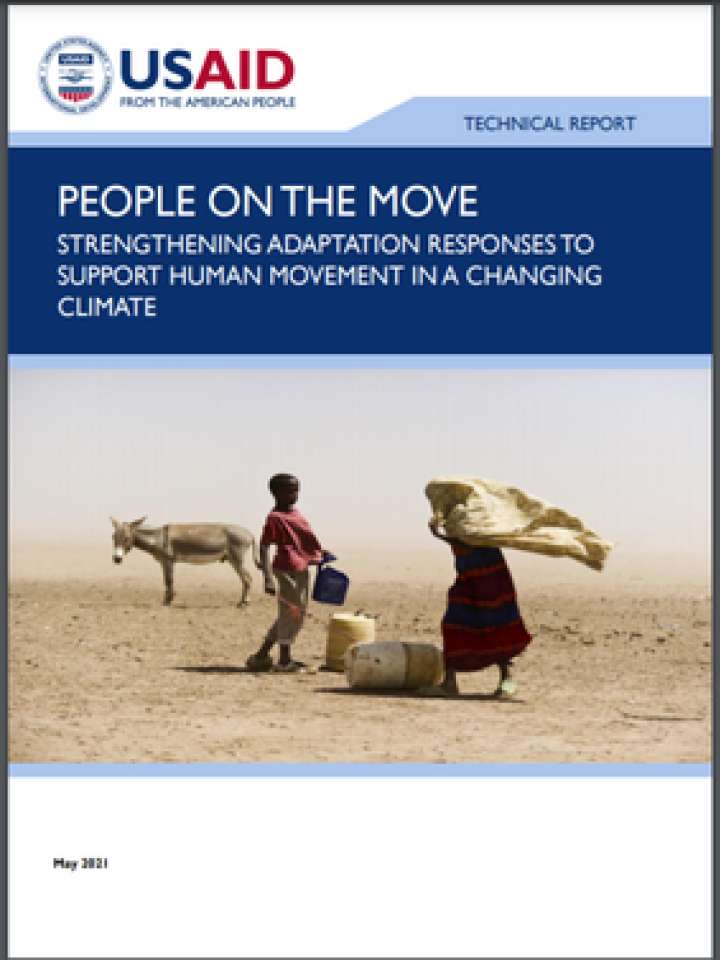People on the move: strengthening adaptation responses to support human movement in a changing climate
This study contributes to the growing field of human mobility by exploring adaptation responses to climate-related human movement by examining the role of climate variability and change and climate-induced hazards as risk multipliers in the context of human movement; and providing practical recommendations for adaptation strategies to support people to remain in their home communities, prepare for and respond to shocks and improve their own and their communities’ adaptive capacities when and where movement does occur. The risks associated with climate variability and change are increasingly recognized as drivers of both internal migration and displacement. These risks, when played out against a backdrop of limited economic opportunities and poor governance—including uneven or inequitable delivery of services, and inadequate political representation—have the potential to further compromise the resilience of political, economic, social and governance systems. Climate variability and change can likely amplify the drivers of human mobility by influencing the probability, scale and circumstances of the events that drive people to move.
It is therefore important for governments and the development community to be prepared to respond in a way that minimizes social and economic disruptions in both receiving communities and the communities of origin – particularly in locations most at risk from climate variability and change. This study provides a number of lessons learned and recommendations for improvements. Recommendations include:
- Assist national governments with the development of migration procedure templates for municipal planning processes or work directly with municipalities on local development plans.
- Support government migration and displacement planning in climate adaptation, risk reduction and national development policies.
- Participate in donor-led international and host country initiatives, such as conducting large scale, longitudinal studies tracking climate impacts and related human movement, to assess links between climate variability and change and migration and justify effective responses.
Explore further
